For supersized quads that fill out a pair of jeans, you need targeted quad exercises that yield muscle definition and, of course, strong legs.
The road to get there won't be easy.
You're going to be hobbling around like a baby deer after incorporating these quad exercises into your leg-day workouts. But, with some smart recovery tactics and serious resolve in the gym (and at home), you'll have strong, thick thighs in no time.
People who start lifting often ignore the quadriceps in favor of higher-profile aesthetic muscles such as the biceps, triceps, and calves.
That’s too bad since the quads play a crucial role in everyday movement. To dismiss the quads as simply beach muscles or “lower body triceps” is to neglect a vital part of your body’s operating system.
What Are Quads?
The four-pronged quadriceps muscles of the front thigh—the rectus femoris, the vastus lateralis, the vastus intermedius, and the vastus medialis —extend the knees, making strong quads crucial for walking, running, squatting, and jumping. The quads play an important role in stabilizing the knees and helping to flex the hips.
In other words, the quads come into play in almost every movement, including everyday actions like climbing stairs or getting up from a chair. A well-developed set of quads is a thing of beauty, giving a body curvature and symmetry. It’s perhaps the one muscle group that looks equally impressive on women and men.
Why It's Important to Work Out Quads
Because of our modern cubicle culture, where we hunch over computers and smartphones all day, there’s an emphasis on glute activation and loosening the hips and hamstrings that have tightened from too much sitting.
That’s important, but if we fail to do quad workouts, we'll have poor posture since the quads help us maintain proper posture while sitting or standing. Many knee problems occur because of weak quads and instability around the hips. The knees overcompensate, resulting in chronic pain, injury, and the need for knee replacements.
Better to address this key muscle foursome now, improving your posture, stability, and, yes, how well you fill out a pair of shorts.
Quad Warmups
The best quad exercises reflect the movements of daily life, which is why lower-body moves without weights serve as an effective warmup. Moves to do before a quad-focused leg day include split squats, yoga chair pose, wall squats, or a lateral lunge.
How to Train Quads
You'll want to do a mix of explosive exercises and traditional strength training depending on your goals, according to research from Loughborough University. Quick, explosive exercise is more effective.
For the study, researchers pulled together 43 healthy men in their 20s who weren't undergoing any type of physical training and hadn't completed any lower-body strength training for 18 months. The participants were split into three groups:
- Group 1: 40 1-second reps of explosive isometric (one leg at a time) leg extensions. Participants were instructed to contract their quads as hard and fast as possible.
- Group 2: 40 3-second reps of sustained isometric leg extensions. Participants were instructed to gradually increase their maximum voluntary torque* to 75 percent before holding the extended position for 3 seconds.
- Group 3: Control group
All participants worked out three times a week for 12 weeks. They performed a range of performance and physiological measurements before and after training to see how different contractions affected participants' quads muscles. At all phases, explosive contraction work improved explosive torque* from 17 to 34 percent by boosting neural drive (17 to 28 percent); meanwhile sustained-contraction work only improved explosive torque in the late phase of the movement and increased neural drive by 18 percent.
*Weightlifting and strength training have more in common with physics than you’d imagine. Torque is the force that causes an object to rotate; when it comes to lifting, explosive torque is all about producing force through your muscles to support your joints, then you exert a force on an object (e.g., a barbell or piece of machinery). Think of a snatch, screwing your feet into the ground before a lift, and (in this case) making sure your muscles and joints are working together to produce the most impactful and efficient leg extension. What's more, a big part of improving torque is neural drive. This refers to how your nerves are responding to exercise to stimulate a muscle contraction. Someone untrained and inexperienced can have a huge increase in strength just by learning how to engage and use a muscle.
"Whereas traditional strength training is made up of slow, grinding contractions using heavy weights, which is quite hard work, this study shows that short, sharp contractions are relatively easy to perform and a very beneficial way of building up strength," lead study author Jonathan Folland, Ph.D., said in a press release.
The explosive contractions were less tiring and more efficient in increasing strength and functional capacity of the thigh muscles because they flip your nervous system "on," activating and engaging your trained muscles, the researchers explain.
"The easiest way to make muscles stronger has been debated by fitness and sports professionals for many years, but this study shows that it doesn't have to mean lots of pain for any gain," Folland adds.
However, if mass is your end game, then traditional sustained exercises are best. Because slow, heavy loads put such a high stress on your body, the effort taxes your muscles and triggers hypertrophy.
How Long Do Quads Take to Grow?
As leg muscles go, quads respond faster to resistance training than hamstrings, glutes, and the notoriously tough calves. Take a look at our ultimate list of exercises for a quad-focused leg day routine, courtesy of Felix Bangkuai, CPT; Louie Antuna, CPT; and Pete Williams, CPT.
Though the following is a list of 50 quad exercises, feel free to mix and match 10 moves for 3 sets of 10 based on your goals.
Use this as a guide if you're unsure about how many reps to do:
- To build strength: Low reps (5 or less) and heavy weight.
- To build muscle: Moderate reps (8-12) and moderate weight. The increased time under tension leads to more muscle damage and buildup of lactic acid, which induces a surge of anabolic hormones like growth hormone and muscle-building testosterone.
- To build muscle endurance: High reps (15 or more) and low weight. If your load isn't heavy enough to recruit fast-twitch type-2 muscle fibers, hypertrophy won't follow.
50 Best Quad Exercises of All Time
Best Dumbbell Quad Exercises
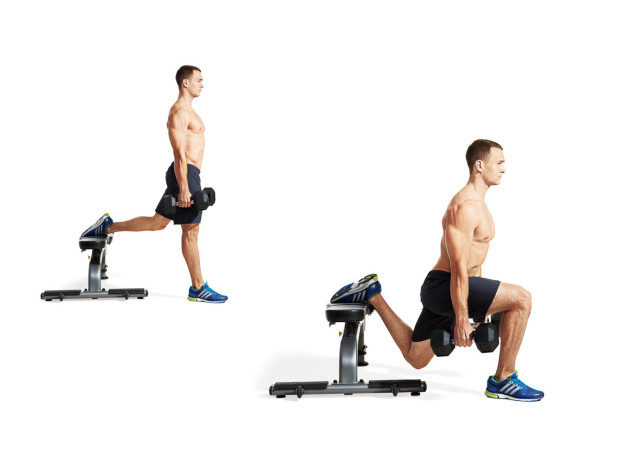
Why It Works:
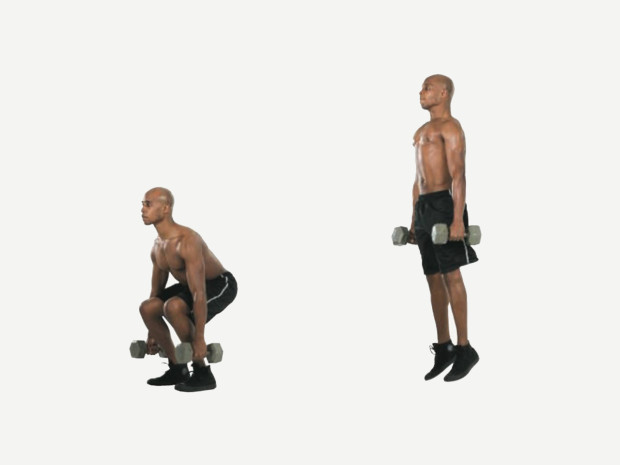
Why It Works:
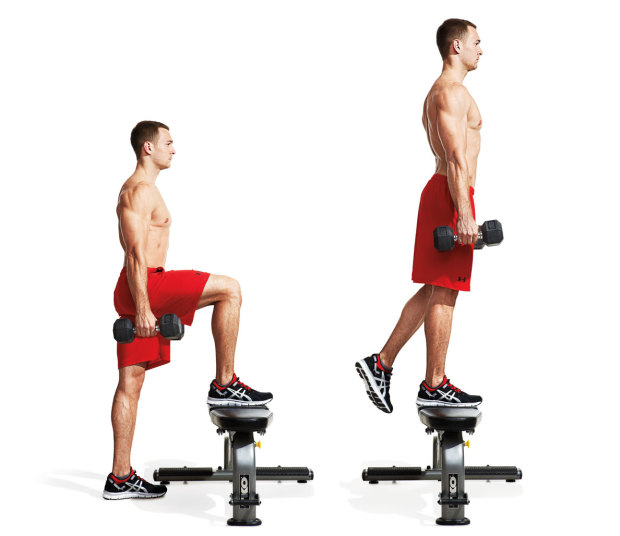
Why It Works:
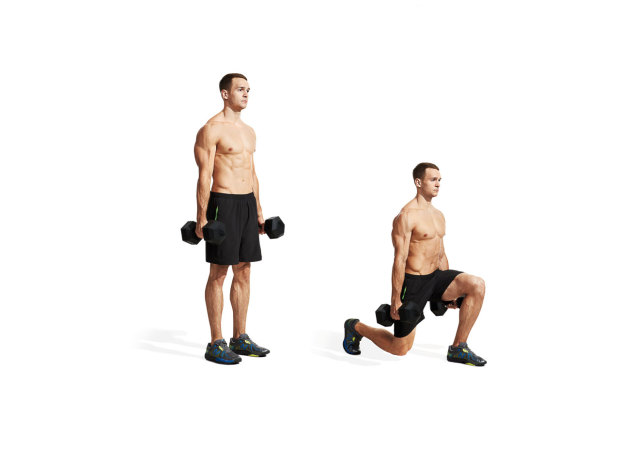
Why It Works:
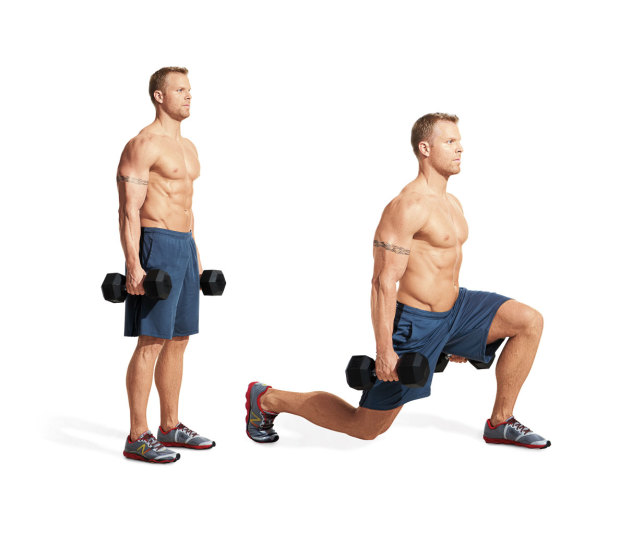
Why It Works:
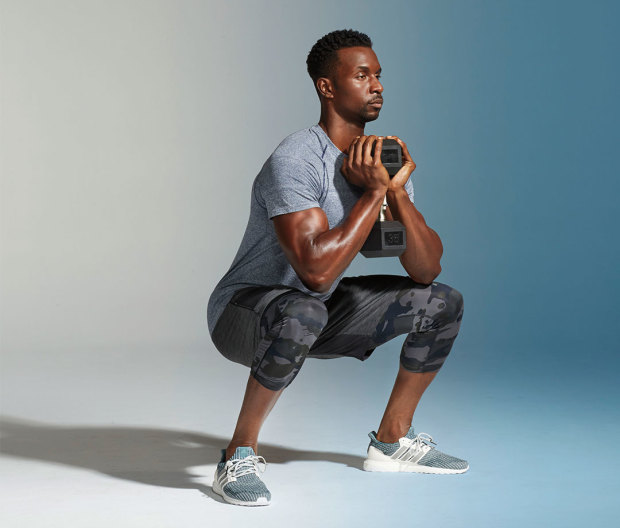
Why It Works:
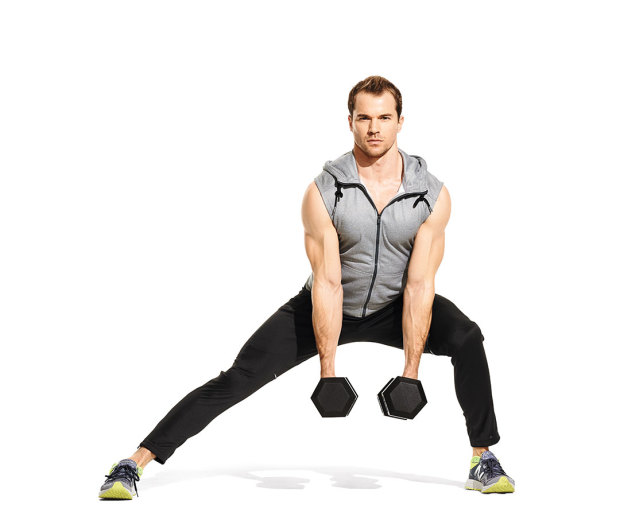
Why It Works:
Best Machines Quad Exercises
Best TRX Quad Exercises
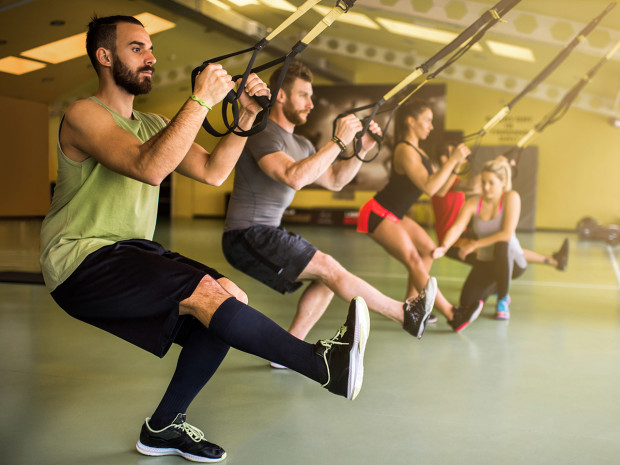
Why It Works:
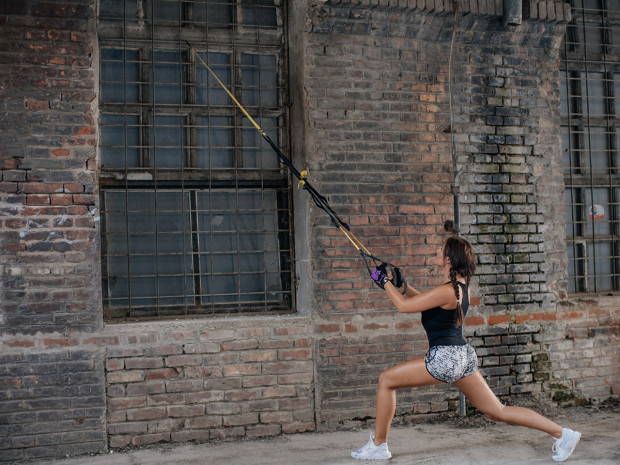
Why It Works:
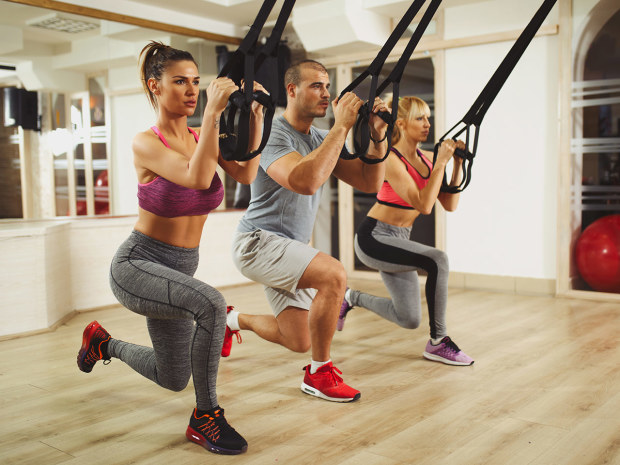
Why It Works:
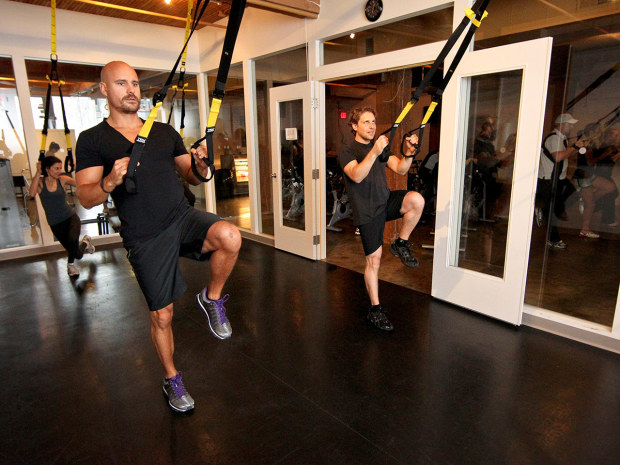
Why It Works:
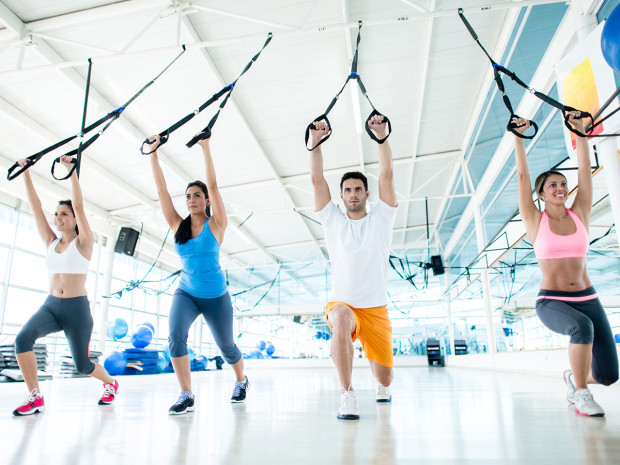
Why It Works:
Best Kettlebell Quad Exercises
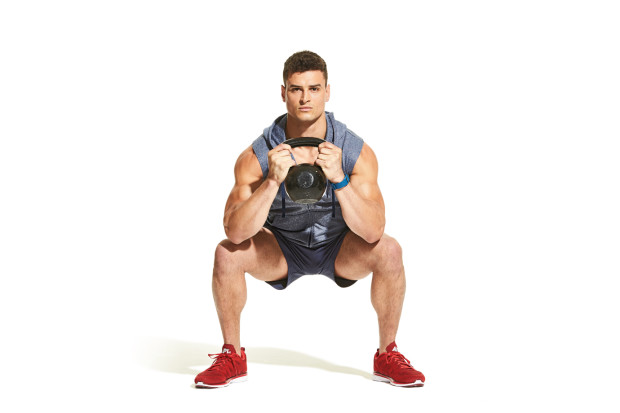
Why It Works:
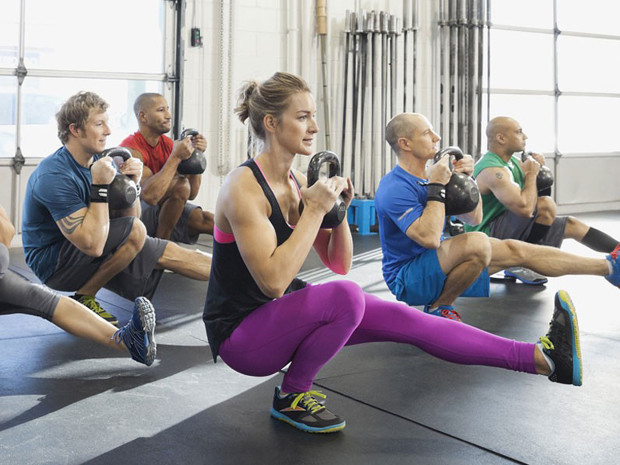
Why It Works:
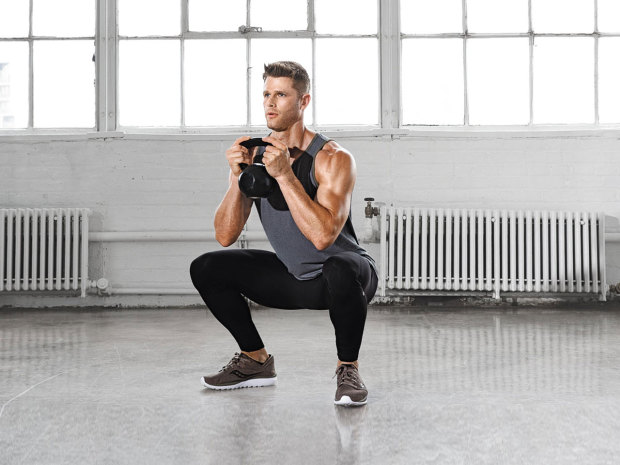
Why It Works:
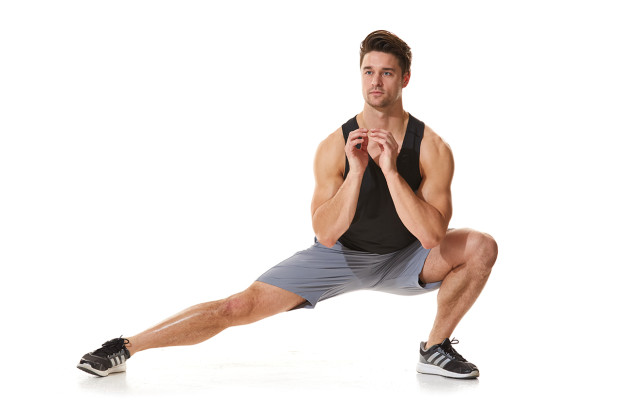
Why It Works:
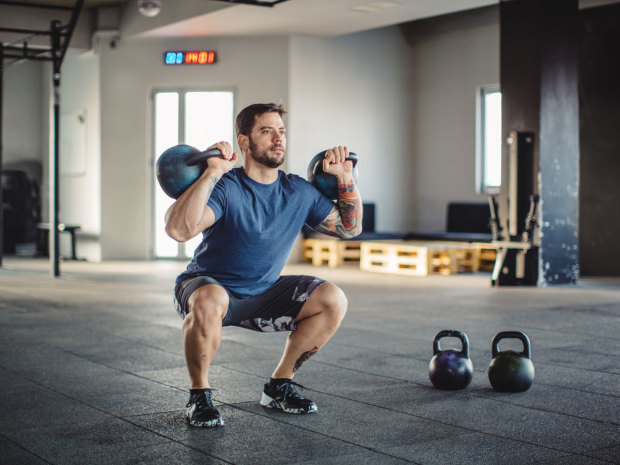
Why It Works:
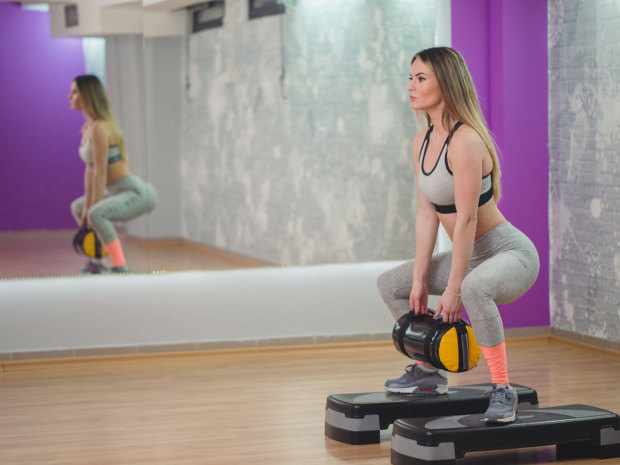
Why It Works:
Best Prowler Quad Exercises
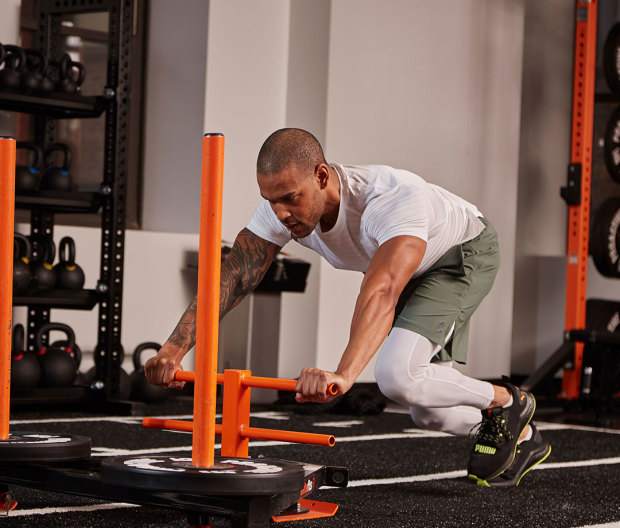
Why It Works:
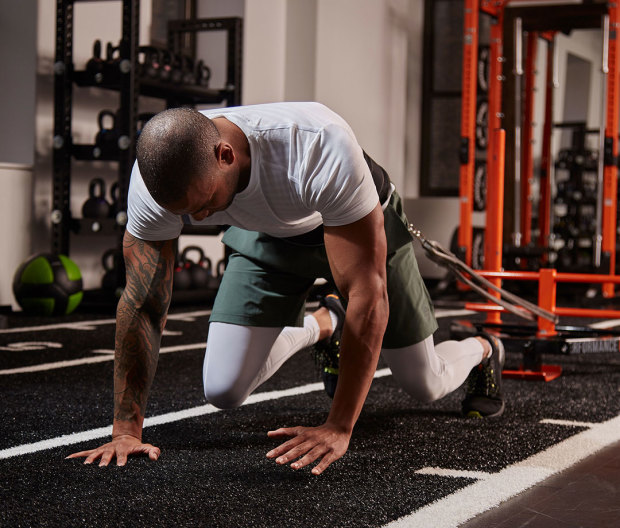
Why It Works:
Best Barbell Quad Exercises
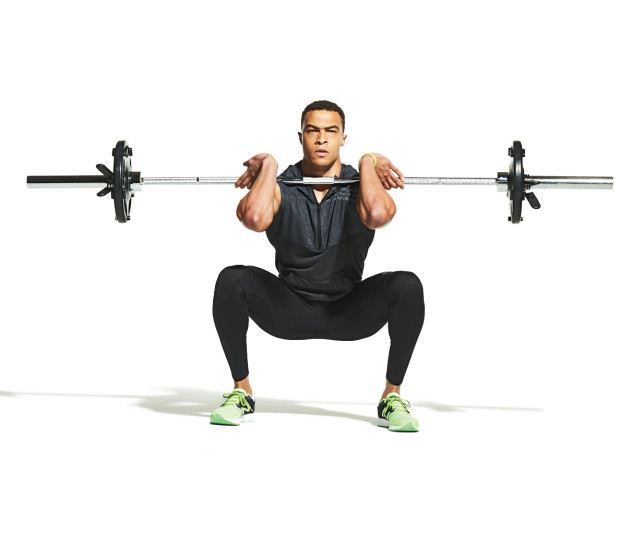
Why It Works:
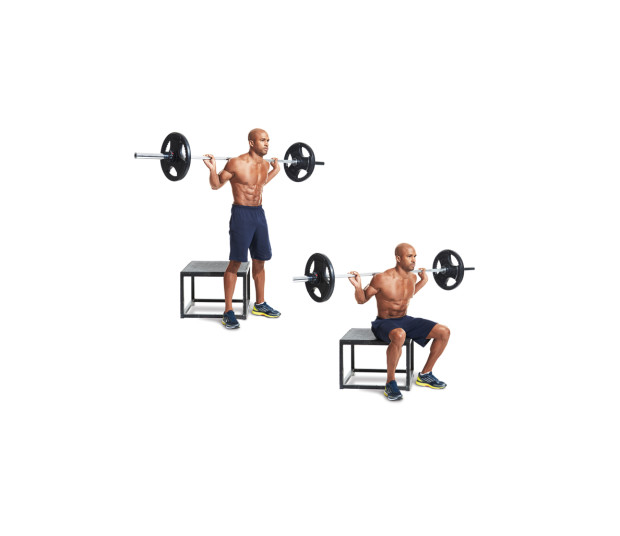
Why It Works:
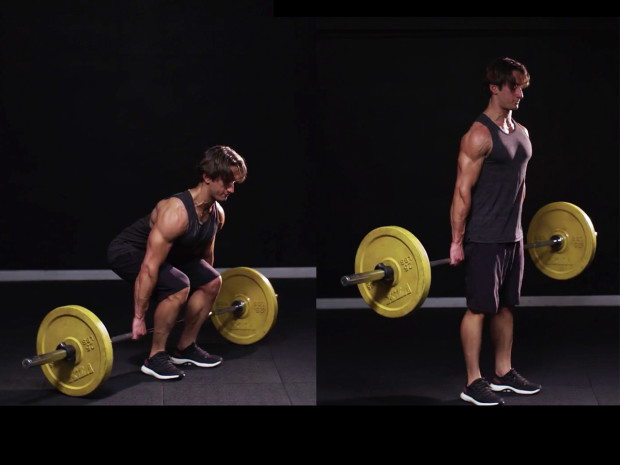
Why It Works:
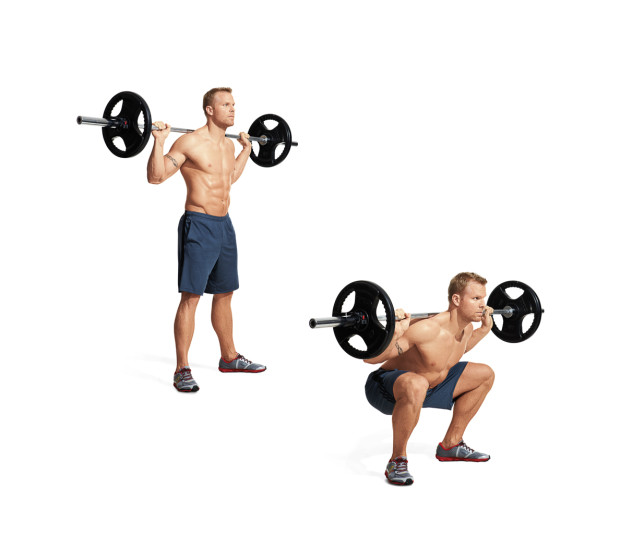
Why It Works:
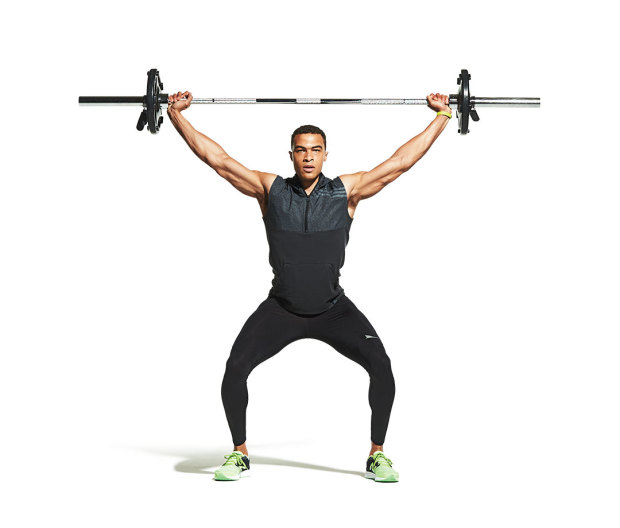
Why It Works:
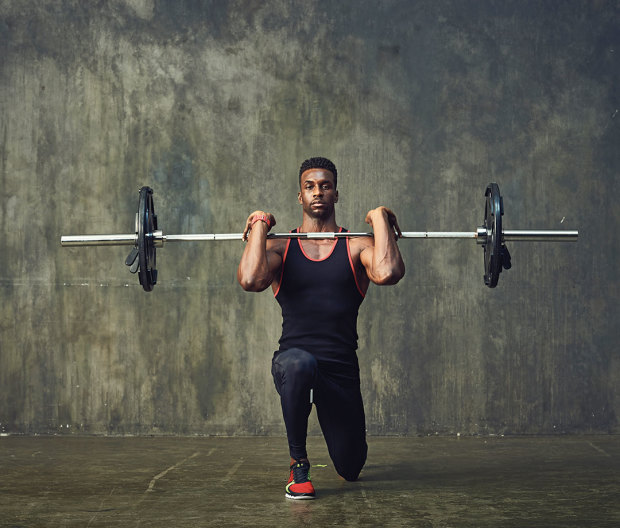
Why It Works:
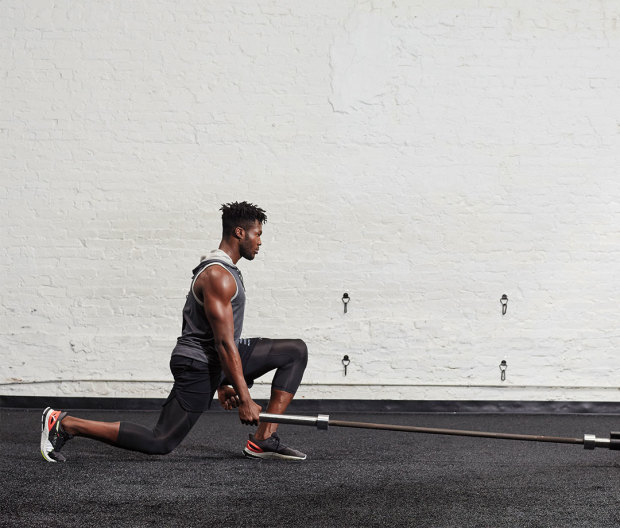
Why It Works:
Best BOSU, Swiss, and Medicine Ball Quad Exercises
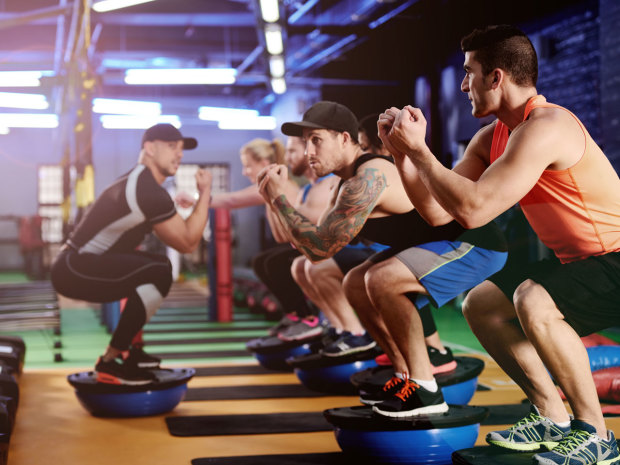
Why It Works:
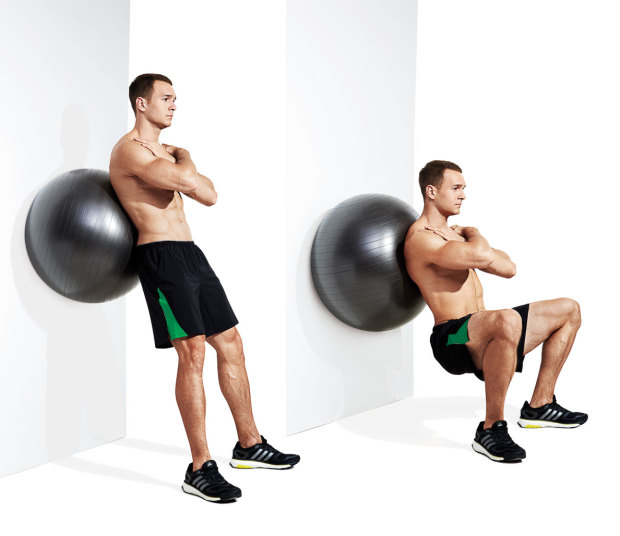
Why It Works:
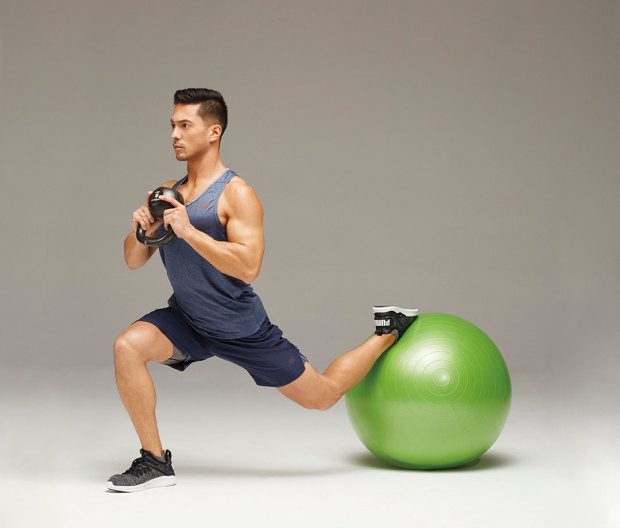
Why It Works:
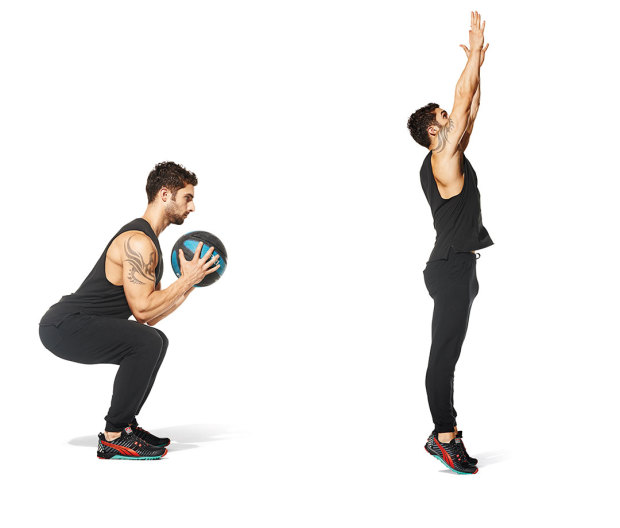
Why It Works:
Best Bodyweight Quad Exercises
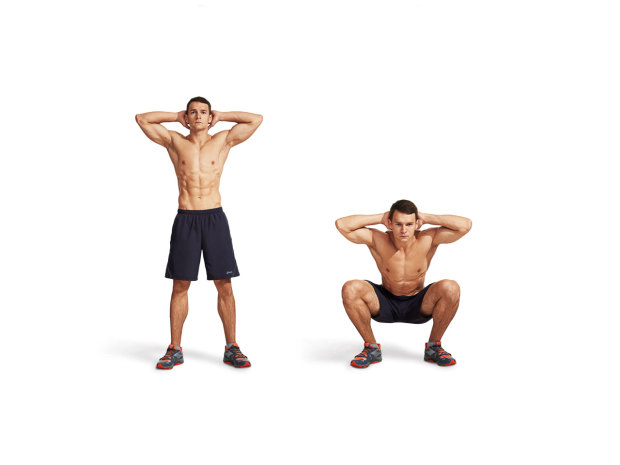
Why It Works:
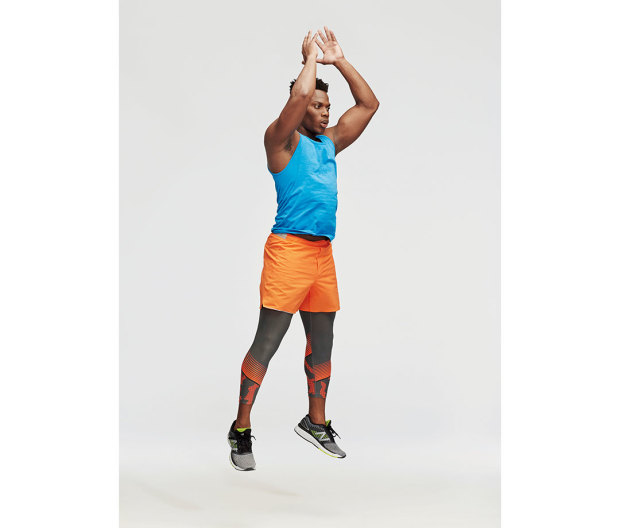
Why It Works:

Why It Works:
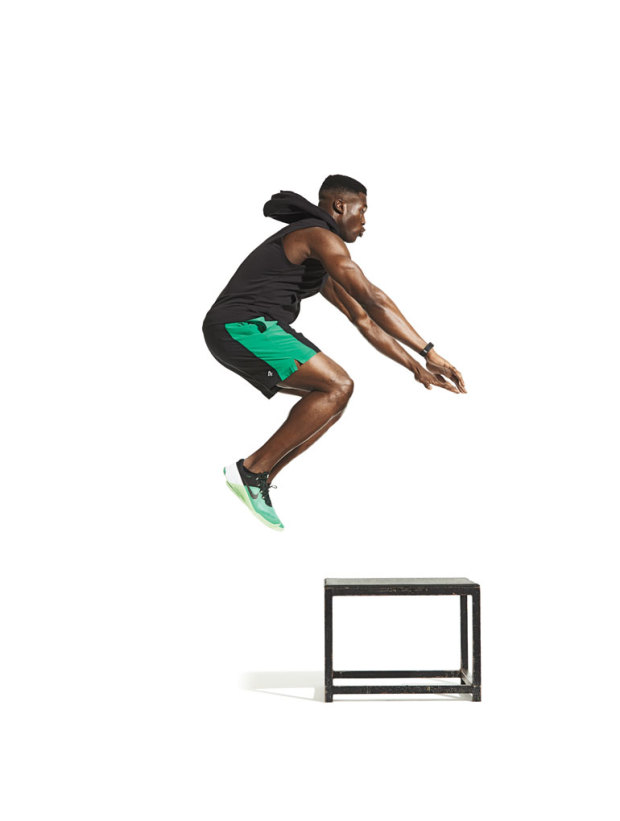
Why It Works:
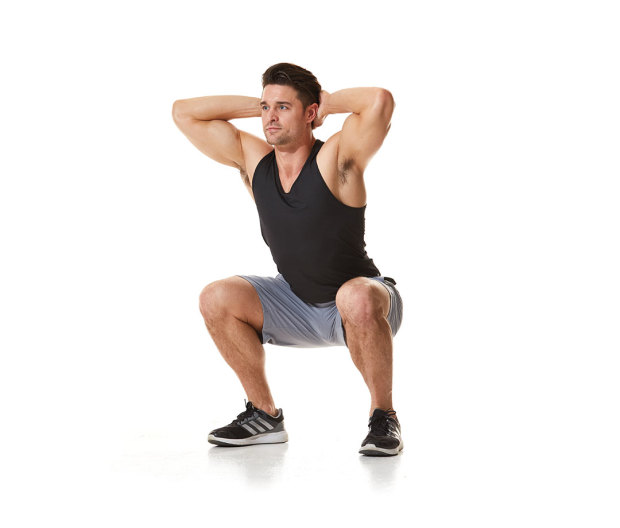
Why It Works:
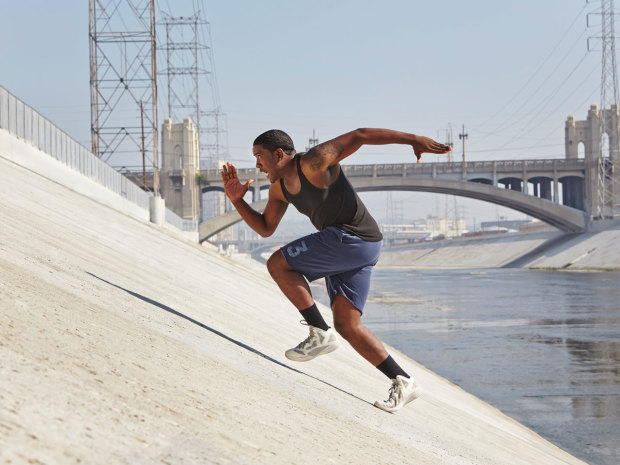
Why It Works:
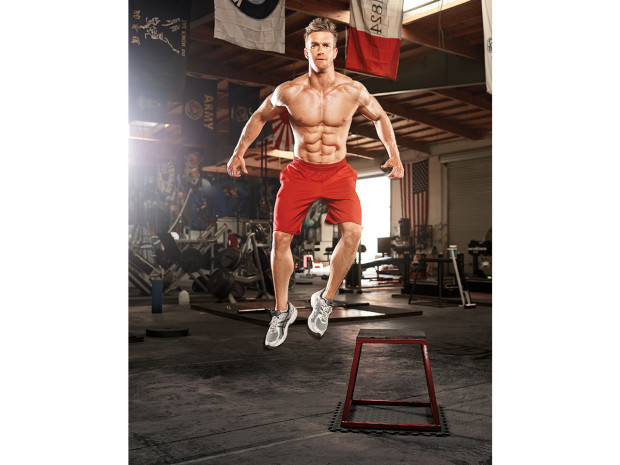
Why It Works:
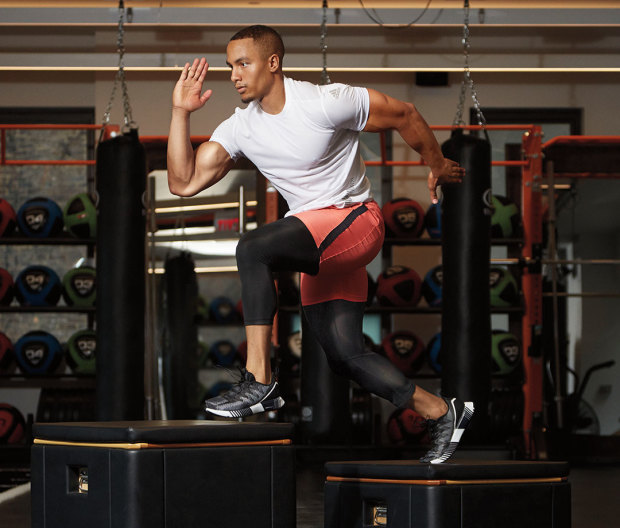
Why It Works:
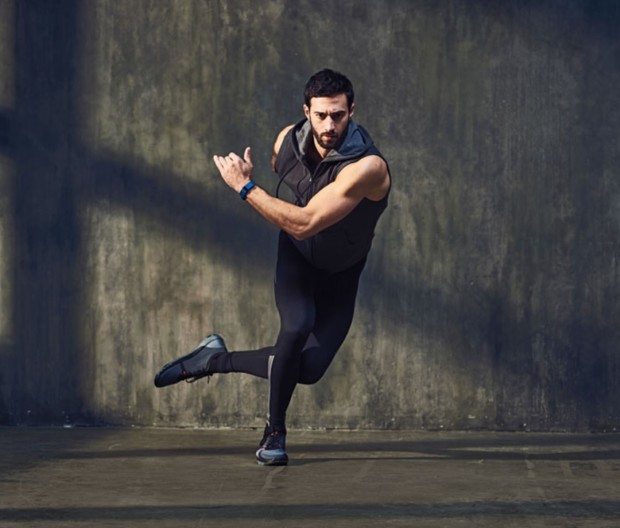
Why It Works:
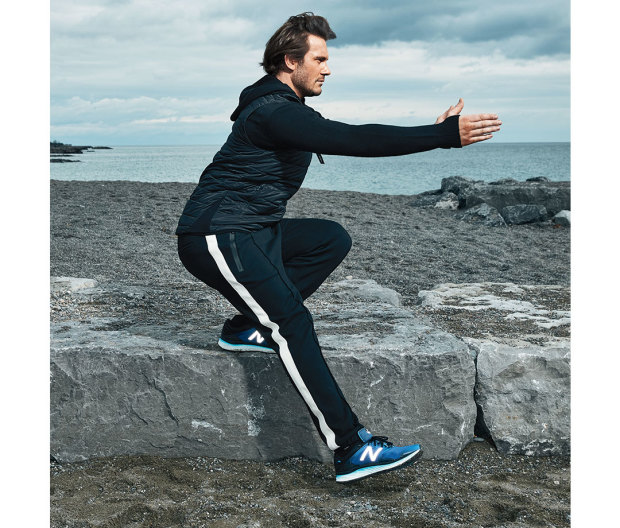
Why It Works:
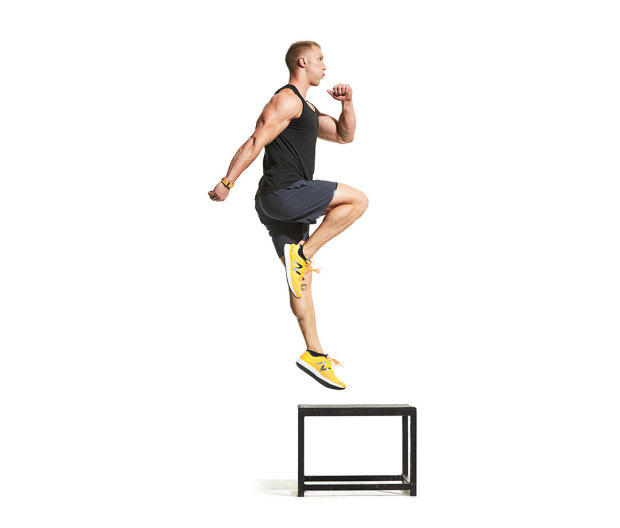
Why It Works:
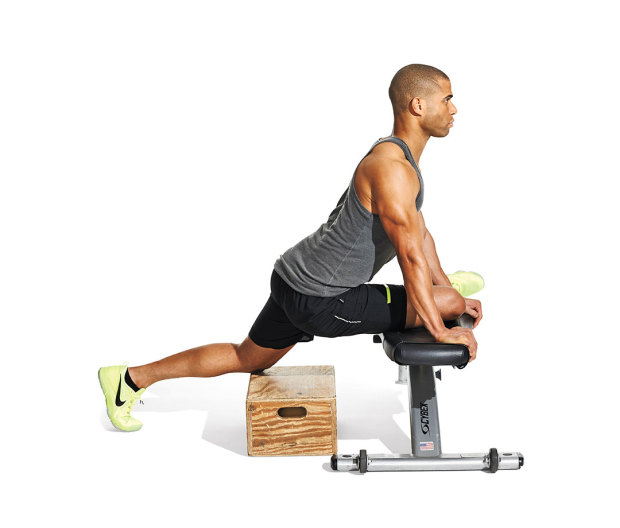
Why It Works:
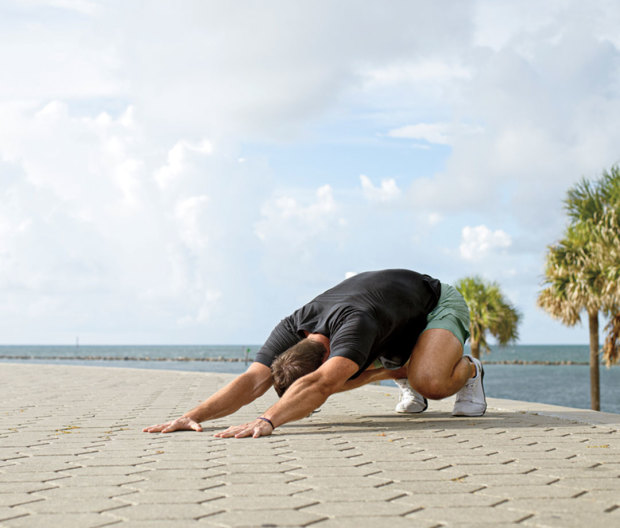
Why It Works:
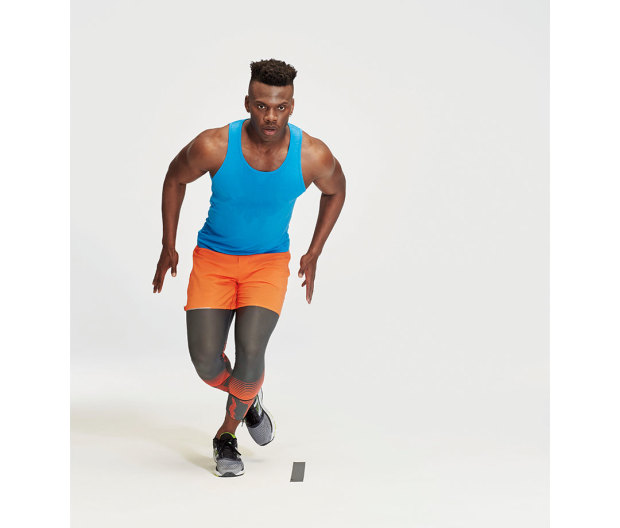
Why It Works:
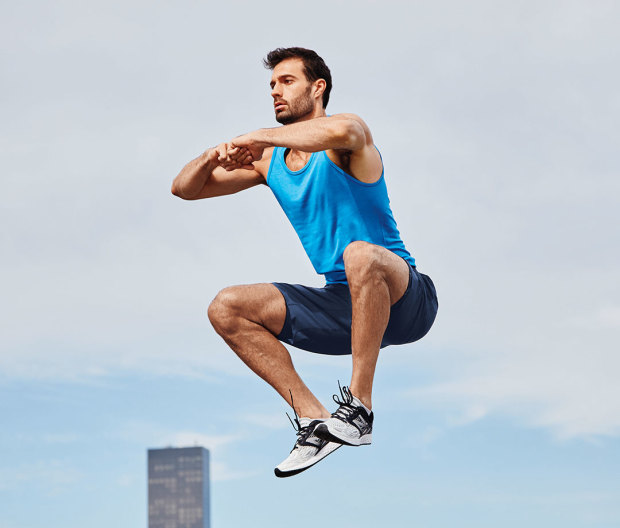
Why It Works:
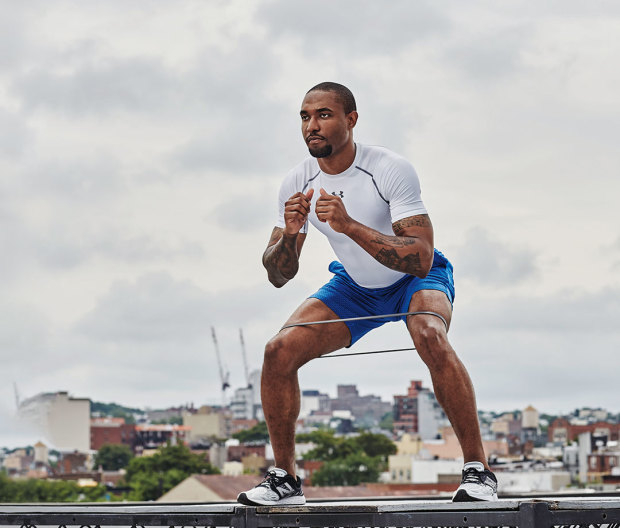
Why It Works:
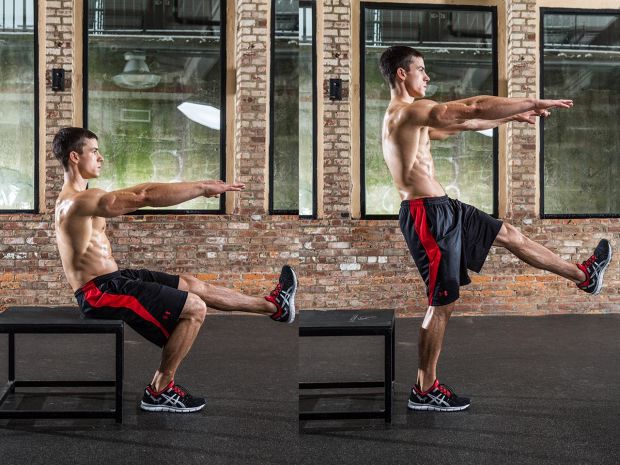
Why It Works:
from Men's Journal https://ift.tt/yDzVCvm
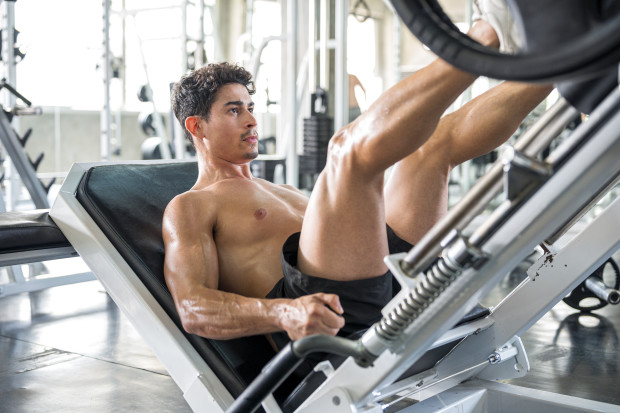
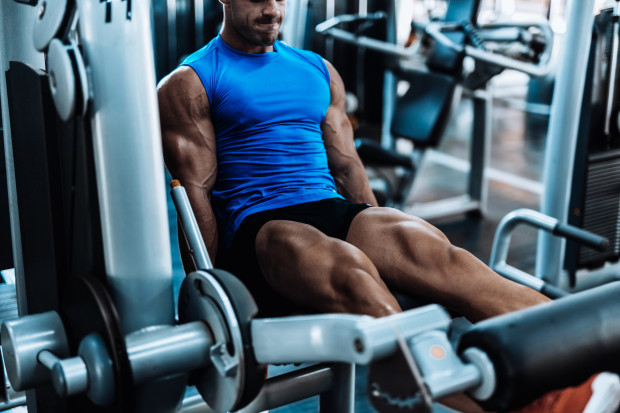


0 comments